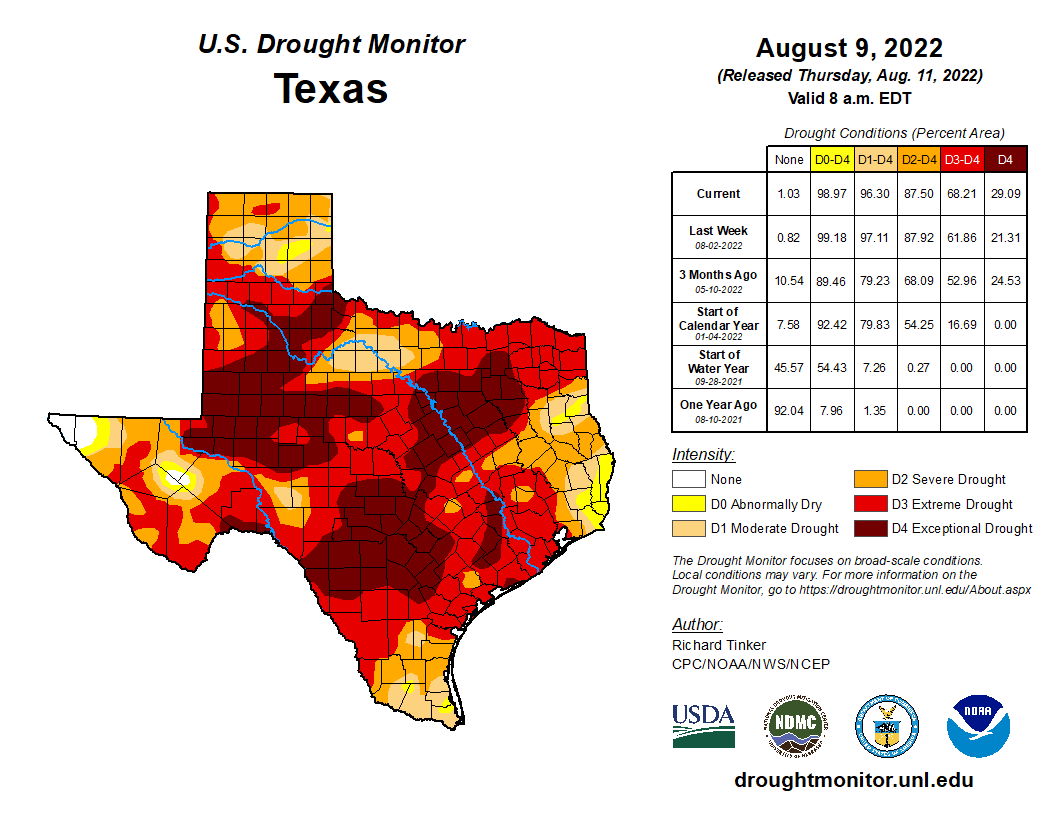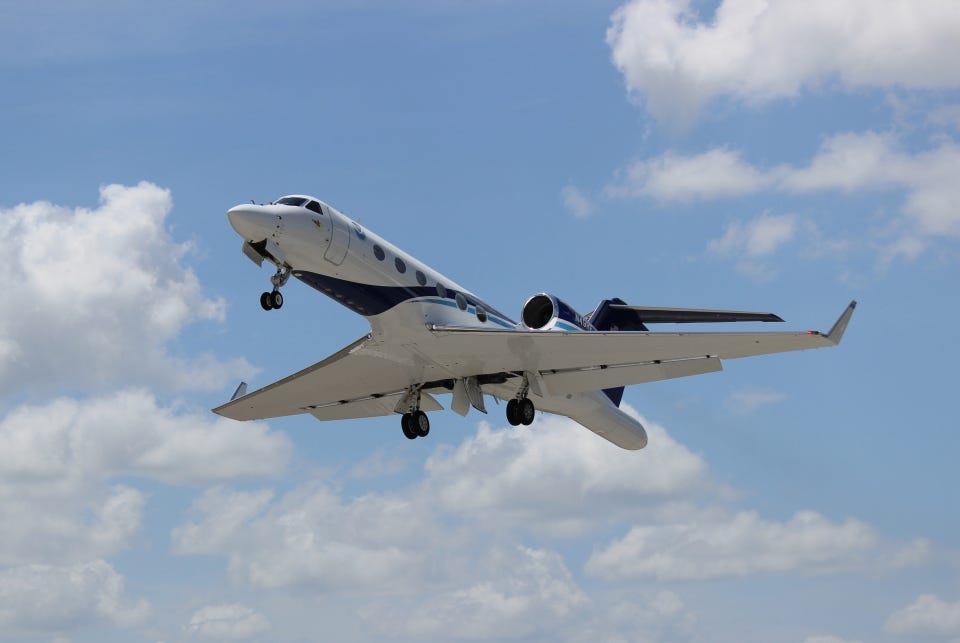Gulf Disturbance to Bring Needed Rains to South Texas Tomorrow
System remains disorganized, keeping development odds low
Somewhat surprisingly on August 13th – 18 years to the day since Category 4 Hurricane Charley made landfall near Punta Gorda in southwest Florida on Friday, August 13th – the only disturbance we’re monitoring in the Atlantic is a messy area of low pressure twisting along in the northwestern Gulf. The system was briefly designated Invest 98L – a procedural move by NHC to collect certain data and initiate specialized forecast tools like the ubiquitous spaghetti models – yesterday but since hasn’t shown any appreciable organization. Showers and thunderstorms remain disjointed and removed from the weak area of low pressure and development odds are low.
Building high pressure to the north will shove the low pressure southwestward today and tomorrow, paralleling the Texas coastline before moving inland over south Texas on Sunday. Interestingly, most forecast models show a last-ditch effort at organization right before coming ashore tomorrow morning, but it may be too little, too late. Regardless, for south Texas, the rain is needed, though it’s unlikely to put much of a dent in the severe and extreme drought plaguing the state, as most of the heavy rain will be confined to the immediate coast.

Elsewhere, the tropics are eerily quiet and should remain so into next week.

In other hurricane research related news, the Inflation Reduction Act of 2022, which the House of Representatives passed late yesterday afternoon and is expected to be signed into law by the President, includes $100 million appropriated to NOAA for the purchase of a new Gulfstream V hurricane hunter jet, available through September of 2026. The current fleet of hurricane hunters includes ten Air Force C-130 Hercules turboprop planes which conduct operational missions for NHC and three NOAA aircraft – two WP-3D Orion turboprops (nicknamed “Miss Piggy” and “Kermit”) and one high-flying Gulfstream IV jet (nicknamed “Gonzo”) – primarily used for hurricane research missions. The new G-V aircraft will supplement the NOAA fleet as another high-altitude research aircraft in coming years.





As someone who now lives in Punta Gorda (though not at the time of Charley) I very definitely appreciate your page and that of the NHC. I am a reader not a TV watcher so these pages keep me up to date on what is going on, especially at this time of year.
Glad to see that the Hurricane Hunter program will remain alive and well. It will not be "gonzo" LOL!! This vital program is certainly needed by researchers and forecasters and benefits the general public. It helps improve hurricane forecasts and improves the timely hurricane watch and warning system now in place. So, good news for NOAA and the weather service!!